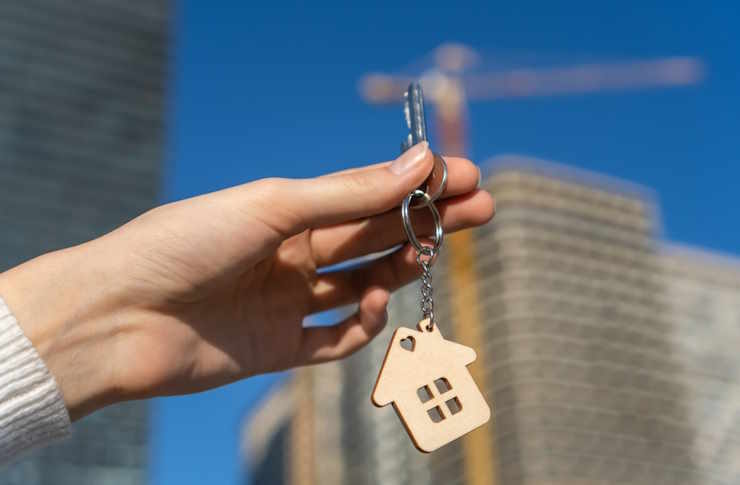Exploring the Benefits of Backyard Apartments in 2025
As urban areas continue to evolve, backyard apartments are gaining traction as a versatile housing solution. These compact living spaces, often referred to as accessory dwelling units (ADUs) or granny flats, are separate structures built on existing residential properties. In 2025, the concept of backyard apartments is expected to play a significant role in addressing housing needs and maximizing property potential.

What factors are driving the rising popularity of backyard apartments?
The increasing interest in backyard apartments stems from several key factors. Urbanization and population growth have led to housing shortages in many cities, prompting homeowners and local governments to seek innovative solutions. Backyard apartments offer a way to increase housing density without drastically altering neighborhood character. Additionally, changing family dynamics, such as multigenerational living arrangements and the desire for independent space for adult children or aging parents, have contributed to the appeal of these secondary dwellings.
How do backyard apartments benefit homeowners?
Backyard apartments provide numerous advantages for property owners. They can serve as a source of additional income through rental opportunities, potentially offsetting mortgage costs or providing a steady revenue stream. For families, these units offer flexible living arrangements, accommodating elderly relatives or grown children while maintaining privacy. Homeowners may also use backyard apartments as home offices, guest houses, or personal retreats, enhancing their property’s functionality and value.
What are the community benefits of integrating backyard apartments?
The integration of backyard apartments into existing neighborhoods can have positive effects on communities. These units contribute to housing diversity, offering more affordable options in areas where housing costs may be prohibitive for many. By increasing density without significant changes to neighborhood aesthetics, backyard apartments can help combat urban sprawl and reduce the strain on infrastructure expansion. Furthermore, they can promote age-friendly communities by allowing seniors to age in place or live close to family members.
What design considerations are important for backyard apartments?
When planning a backyard apartment, several design aspects require attention. The structure should complement the main house and blend with the neighborhood’s architectural style. Efficient use of space is crucial, often incorporating multifunctional furniture and smart storage solutions. Privacy for both the main house and the apartment occupants must be considered through thoughtful window placement and landscaping. Additionally, energy-efficient features and sustainable materials are increasingly important to meet modern building standards and reduce environmental impact.
What are the typical costs associated with building a backyard apartment?
The cost of constructing a backyard apartment can vary significantly based on factors such as size, location, and amenities. Here’s a general overview of potential expenses:
| Cost Category | Typical Range | Factors Influencing Cost |
|---|---|---|
| Construction | $100,000 - $300,000 | Size, materials, location |
| Permitting | $5,000 - $15,000 | Local regulations, complexity |
| Site Preparation | $10,000 - $30,000 | Terrain, utility connections |
| Finishes and Fixtures | $20,000 - $50,000 | Quality, customization |
| Design and Engineering | $10,000 - $25,000 | Complexity, revisions |
Prices, rates, or cost estimates mentioned in this article are based on the latest available information but may change over time. Independent research is advised before making financial decisions.
How do zoning laws and regulations affect backyard apartment construction?
Zoning laws and regulations play a crucial role in the feasibility of backyard apartment projects. Many cities have updated their codes to accommodate ADUs, recognizing their potential to address housing shortages. However, regulations can vary widely between jurisdictions. Common considerations include minimum lot sizes, setback requirements, height restrictions, and parking provisions. Some areas may limit the size of backyard apartments relative to the main dwelling or impose occupancy restrictions. Prospective builders should consult local planning departments to understand specific requirements and obtain necessary permits before proceeding with construction.
In conclusion, backyard apartments represent a growing trend in residential construction, offering numerous benefits to homeowners, communities, and urban planners alike. As housing needs continue to evolve, these versatile structures are likely to play an increasingly important role in shaping the residential landscape of 2025 and beyond. With careful planning and consideration of local regulations, backyard apartments can provide valuable living space and contribute to more diverse, flexible housing options in urban and suburban areas.




